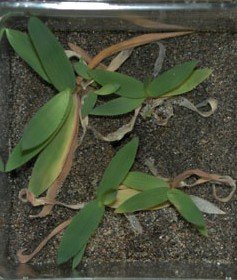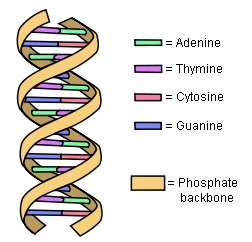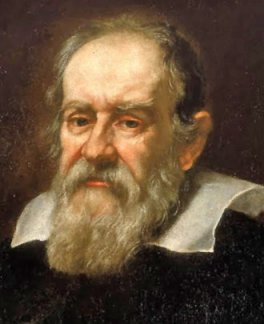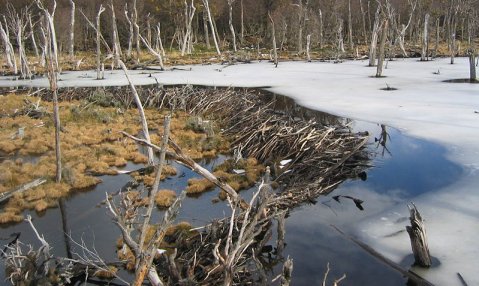In part 1 of my review of the excellent book Galileo’s Daughter, I concentrated on how the author treats the confrontation between Galileo and the Roman Catholic church. In this part of the review, I want to focus on how the book treats other aspects of Galileo’s life.
The book shares all sorts of interesting things regarding Galileo about which I was completely unaware. For example, did you know that you can see a preserved part of his body if you wish? Indeed, the middle finger of his right hand is inside a glass egg at the Museum of the History of Science in Florence. My wife and I spent a day in Florence, but there are so many amazing things to see, we never got to the Museum of the History of Science. As a result, we never got to see Galileo’s finger.
I also learned that Galileo did not like academic garb. At that time in history, if you were a teacher at a university, you were expected to wear your academic robes at all times while you were working. When Galileo got his first teaching post at the University of Pisa, however, he:
deemed official doctoral dress a pretentious nuisance, and he derided the toga in a three-hundred-line verse spoof that enjoyed wide readership… (p. 19)
Now this is a man after my own heart. I hate it when university professors try to set themselves apart by any pretentious means. Not only did Galileo hate that as well, he actually wrote a snarky poem about it!
While little facts like these are interesting, there were two things I read in this book that I had never heard before, and they clearly show that Galileo was nothing short of a true genius!
Continue reading “Galileo’s Daughter, Part 2: The Genius of Galileo”






